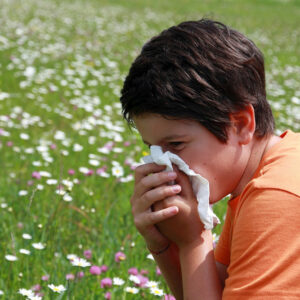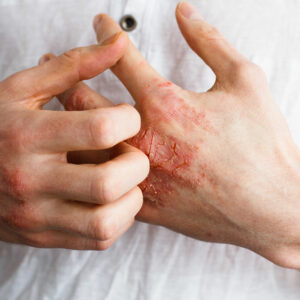
01
Things You Should Know about Bone Density Tests
As we age, our health gets worse and the list of medical tests we need to determine our current condition of health grows longer and longer. At times we tend to skip our tests because of our busy frame of mind, or because we think that we do not need them. When it comes to a bone density test, one should get the test done every few years. A bone density test is vital in determining the strength of our bones. The test is also called a dual-energy X-ray absorptiometry or DEXA scan. It helps us determine if we are suffering from any bone loss that can lead to disabilities and fractures in the future, giving us an overview of our overall bone health. Bone density and bone health tests should not be skipped as they can help us determine the condition of our bones. Most men under the age of 70 and women under the age of 65 do not require the test, but this does not mean we should skip it altogether. Here is all one needs to know about the bone density test and why one should get it done today. What is a Bone density Test? A bone density test enables doctors to diagnose brittle bones and help us seek appropriate treatment measures. Osteoporosis is a condition in which the bones become so weak that they are at the point of breaking. A bone density test is used to determine the risk of the above-mentioned disease and fractures. It also enables doctors to put a treatment plan in place for the underlying condition. How is a Bone Density Test Performed? A bone density test is a painless and simple procedure. A patient is made to lie on a padded table with an X-ray generator positioned right underneath the patient, and an imaging device just above.
Read More 










